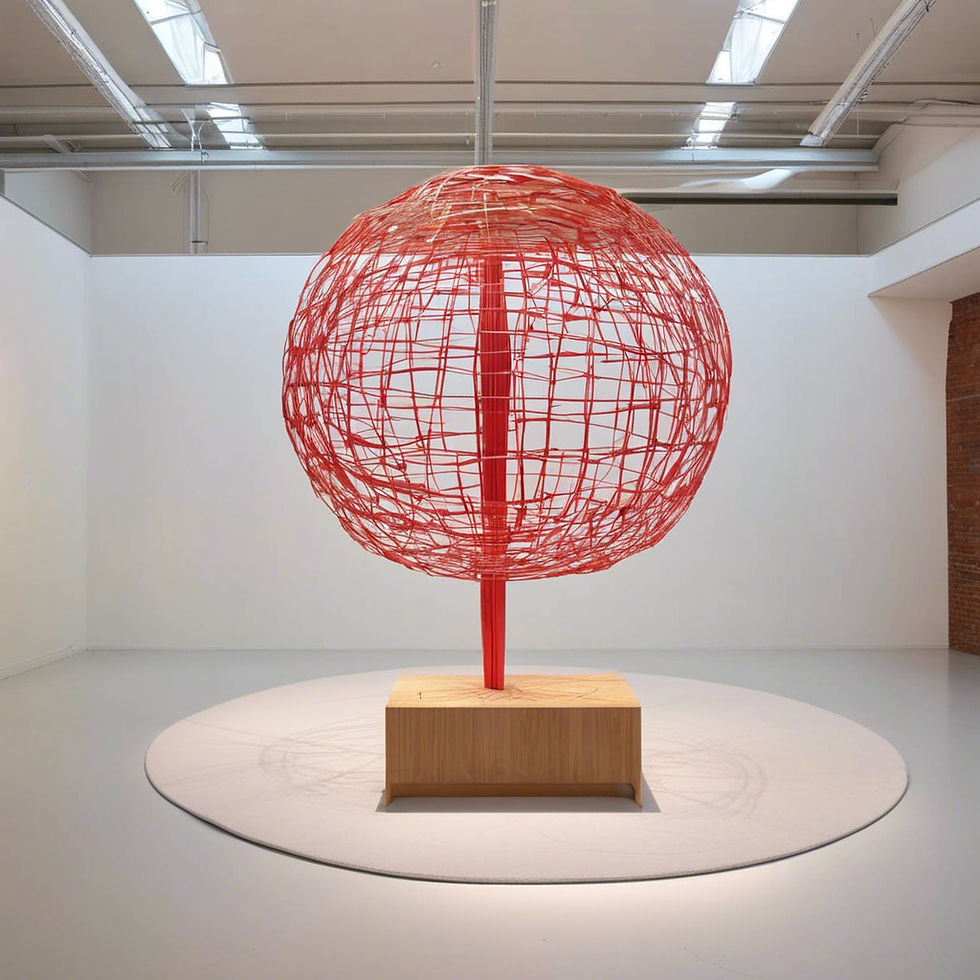Pop Art Revival: Modern Takes on a Classic Movement
- Ahmed Kheder

- Jun 30, 2024
- 3 min read
Updated: Sep 29, 2024
Pop Art, a revolutionary artistic movement that emerged in the mid-20th century, continues to captivate and inspire contemporary artists worldwide. Characterized by its bold colors, consumerist imagery, and playful approach to popular culture, Pop Art challenged traditional notions of art and redefined the relationship between high and low culture. Today, this influential movement is experiencing a vibrant revival as artists reinterpret its themes and techniques through a modern lens.
A Study on Pop Art Revival
Origins and Characteristics of Pop Art
Pop Art first emerged in the 1950s in Britain and the United States as a reaction against the elitism of abstract expressionism. Artists like Andy Warhol, Roy Lichtenstein, and Richard Hamilton embraced everyday objects, advertising, comic strips, and celebrities as legitimate subjects for art. By incorporating these elements into their work, they sought to blur the boundaries between art and mass culture, making art more accessible and reflective of contemporary society.
The hallmark of Pop Art lies in its use of bright, flat colors; repetition of images; and incorporation of mass-produced materials. Artists often employed techniques borrowed from commercial art, such as silk-screen printing, to achieve crisp lines and uniformity in their works. This aesthetic not only mirrored the visual landscape of consumerism but also critiqued it, offering a commentary on the commodification of art and society.
Contemporary Interpretations and Innovations
In the 21st century, artists continue to draw inspiration from Pop Art while pushing its boundaries in new and innovative ways. One notable trend is the integration of digital technology and social media into artistic practice. Artists like Takashi Murakami and Jeff Koons have embraced digital tools to create Pop-inspired works that engage with contemporary issues and cultural phenomena.
Moreover, the themes explored in Pop Art—such as celebrity culture, consumerism, and the impact of media—remain relevant today and provide fertile ground for artistic exploration. Artists like Shepard Fairey and Banksy use Pop Art techniques to address social and political issues, bringing a critical perspective to contemporary discourse through their work.
Diversity and Global Influence
Another significant aspect of the Pop Art revival is its global reach and influence. While the movement originated in the West, contemporary artists from around the world have adapted its visual language to reflect their own cultural contexts and experiences. In Asia, for instance, artists like Yayoi Kusama and Ai Weiwei have incorporated Pop Art elements into their practice, blending traditional motifs with contemporary iconography.
Furthermore, the accessibility and immediacy of Pop Art have resonated with a new generation of artists and audiences alike. Its bold imagery and direct approach invite viewers to engage with complex themes in a visually stimulating manner, transcending linguistic and cultural barriers.
Conclusion
The revival of Pop Art in contemporary art underscores its enduring appeal and relevance in today's globalized and media-saturated world. By reinterpreting its themes and techniques, artists continue to challenge conventions, provoke thought, and reflect the zeitgeist of their times. Whether through digital innovation, cultural critique, or global exchange, Pop Art continues to inspire new generations of artists to embrace popular culture as a dynamic and legitimate subject of artistic inquiry.
As we look to the future, the legacy of Pop Art remains a testament to the transformative power of art to shape and reflect the world we live in, reaffirming its status as a cornerstone of modern artistic expression.



Comments